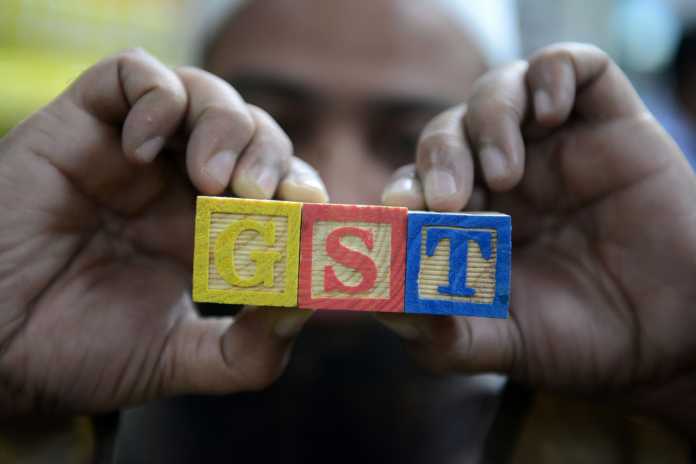
Third World luxuries or First World problems?
GST has been implemented in full effect for almost a month, and even if most of us haven’t completely noticed its arrival. Next time you make a transaction at a shop or restaurant look at the fine print on the credit card slip. Right next to the total amount of your transaction will be the percentage of the GST applied to your receipt.
The month before GST hit, stores in malls across the city went on sale, as did online shopping sites. As per GST regulations, clothing that costs over INR 1,000 must be taxed at 12%, while apparel less than that value must be taxed at 5% (those sudden mega sales make more sense now, right?). How items on store shelves are priced and purchased will change considering most clothing, even in relatively smaller stores, will be priced around the 1,000-rupee mark at the very least. Perhaps the government officials involved in the planning process thought it might be wise to tax people who are privileged enough to shop in malls and redirect their money towards the government tax collection pool. So, that means even though most mall shoppers are actually shopping at H&M and Forever 21, it is still a luxury – at least a third world luxury anyway.
There is also an increased tax applicable on restaurants that have air conditioning versus those that do not. Which means a fast food restaurant, your local uddippi eatery with the back AC room, and your favourite grab-and-go noodle shop will be slightly more expensive now. Considering we live rather close to the equator, it seems unfair to be taxed extra for seeking temporary escape from a brutal summer. In a country with as much poverty as ours, maybe air-conditioning is a privilege, even for college students looking to share a humble plate of French Fries with friends after class, or for a group of underpaid interns looking to eat a quick bite after a long day of work.
GST also applies to all salon services, since being able to afford hair removal and grooming is also a luxury, even if our genes suggest otherwise. I am convinced that the people holding the reigns to financial regulations in the government are far more intelligent and accomplished than I could ever be; but I also think it is important to consider what really counts as luxury for the average tax paying citizen.
So far the effect of GST has mildly affected the prices of goods and services we purchase regularly, but with time this might escalate or get countered in ways we haven’t considered yet. As consumers and citizens of urban cities, we know how difficult it is to make a living, and its time to start discussing what really counts as luxury.






























